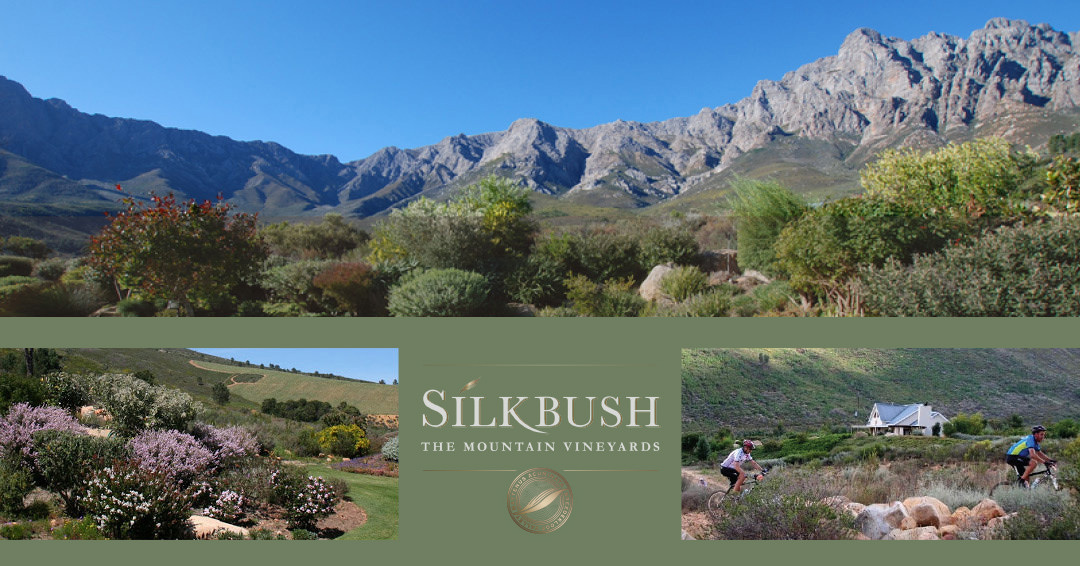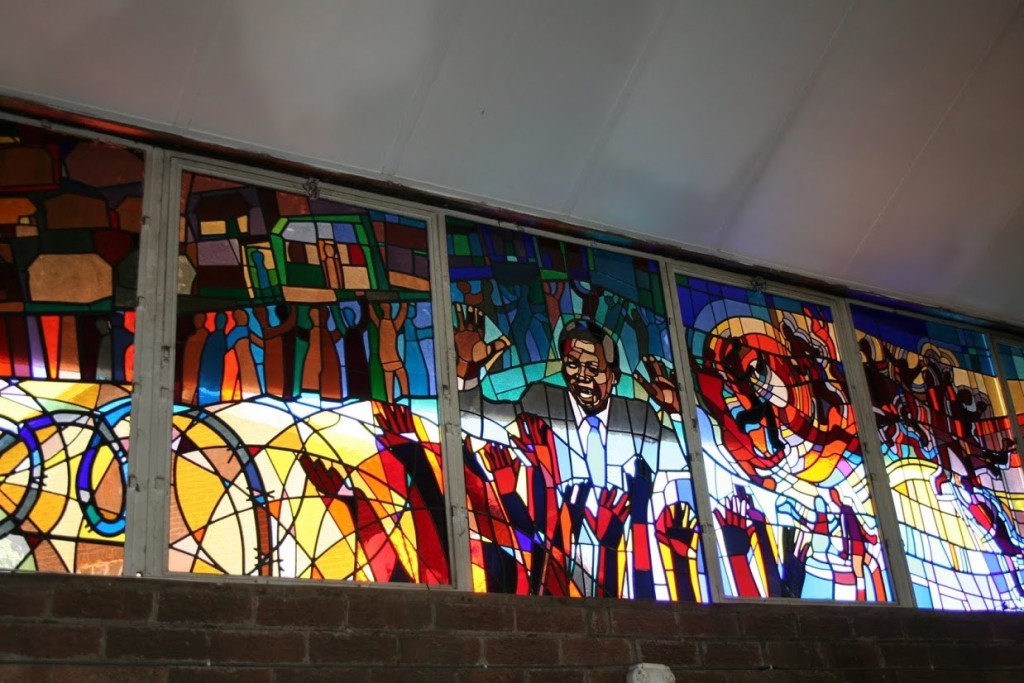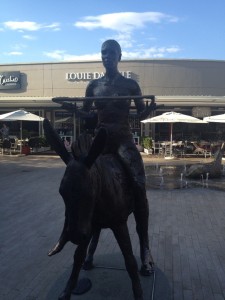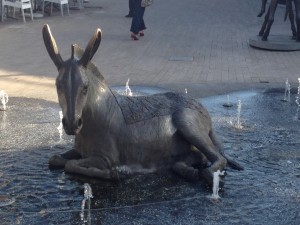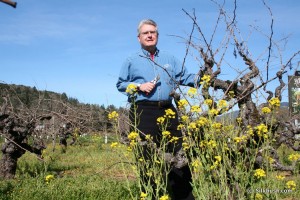There are three principal wine drinking areas/provinces with significant populations in South Africa: Western Cape (Greater Cape Town environs), Gauteng (Johannesburg/Pretoria), and KwaZulu Natal/KZN (Durban/Pietermaritzburg environs). Since virtually all of the some 600 wineries are located in the Cape, if a winery wants to establish a new brand in the country, it needs to have a sales presence in the other two major regions as well. Further, while Black South Africans are chiefly beer and brandy drinkers, a growing Black middle class (the most successful oft referred to as “Black Diamonds”) in these areas is starting to buy and enjoy wine.
Soweto
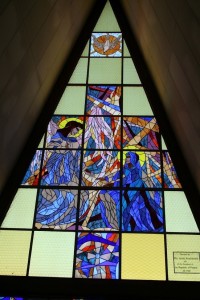
After 1886, as you may know, Black South Africans had been drawn to work on the gold mines that were established on the outskirts of Johannesburg and most tribes were housed in separate areas. In 1963, the name Soweto (South Western Townships) was officially adopted for the sprawling township incorporated in 2002 into the Jo’berg city limits. It has been estimated that 40% of Johannesburg’s residents live in Soweto, approximately 1.3 million people. In Soweto, there is a famous Memorial to the founding of the ANC (African National Congress) which is the political party of the late Nelson Mandela and has been the dominant party of the country since 1994.

Two years ago, I spent a day in Soweto as a guest of one of the four founders of the Soweto Wine Club to learn more about the area’s potential. Sipho Thomo was my guide and he opened my eyes to a very large, proud, well kept, and increasingly cohesive community. While all eleven of the country’s official languages are spoken in Soweto, historically the tribes did not get along. But since English has become the predominant language for all in the past few decades, a far greater degree of homogenization has occurred and English is the language of the wine trade. There are a number of fine wine shops with good selections in Soweto, chiefly for wineries who have taken the time to call upon them. (We visited one called Morara Emporium, owned by Mnikelo, the co-founder of the Soweto Wine Festival.) There are a few restaurants who carry superior wines and who periodically sponsor wine tastings, (such as Wandi’s Place, with it jovial proprietor in the pink sweater below,) and this year the 11th Annual Soweto Wine Festival will be held.
Clearly, wine drinking in Soweto is established but is still in its early days. Soweto represents a good potential market for SILKBUSH wines once we have a Gauteng distributor with people dedicated on a continuing basis to service the area. The Soweto Wine Club may yet prove to be our entry point to that vibrant community.
Gauteng
SILKBUSH has only had a direct sales rep in Gauteng for a few years and Anton has flown there for some of wine shows. We just started selling our wine in KZN this last year and nobody from SILKBUSH had yet made a physical appearance in Natal.
Accordingly, I decided that the first week of my March 2015 trip to the Beloved Country would be to these areas with our two sales ladies I had yet to meet.
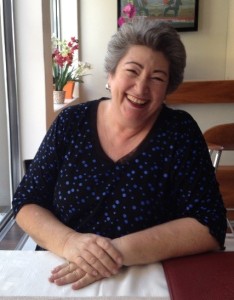
Our representative for the Gauteng area is Judith Lee, who has represented several RSA wineries for many years. I spent two days with this delightful woman; arriving on a Sunday, our timing was awkward, but we were very successful with a large Portuguese restaurant that had just put us on the menu. Because a bottle never sells itself, it is very helpful when restaurant owners and service staff can put a face with a product and hear the vineyard’s story directly. With the key people, we often offer a couple of free nights at the Kingsbury Cottage; whether they will make it down to see SILKBUSH or not, the offer of hospitality is always appreciated.
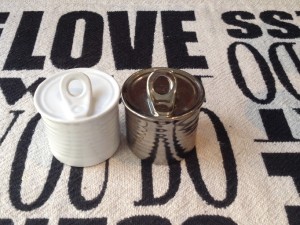
We also did an evening tasting as a well- at an established wine club in Pretoria where we and the wines were very well received. Incidentally, one of the pleasant surprises of travel is seeing new and creative art in the least expected places. Here are a few photos from our wine travels- one is of a “pop top” emulation salt and pepper setting at a trendy RSA restaurant, and two are striking metal sculptures at an outside shopping center.
KwaZulu Natal (KZN)
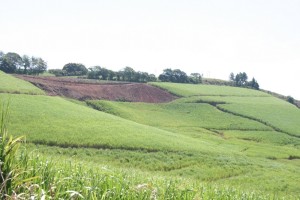
For all the years I have been coming to South Africa, I had returned to Durbin only once since my initial visit in 1994. The whole area is undergoing a great deal of change and growth including building a new airport approximately 35 km (22 mi) north of the city, something that virtually never happens in major urban areas of the world! King Shaka International Airport (KSIA) opened its doors to passengers in May of 2010, just over a month before the start of the 2010 FIFA World Cup. It evidently had been in the planning stages since the mid 1970’s, with construction beginning in 1973, but then things slowed down. While 8 international air carriers now serve KSIA, at present well over 90% of its traffic is still domestic. However, they are now ready for the largest jets from anywhere.
Much of KZN is still developed to sugar cane fields, and banana plantations, and benefits from strong on-shore winds from the warm sea. Accordingly, due to the recreational/agricultural ambiance, there is extensive “second home” and retirement housing being constructed; also many roads are being widened and more elegant living, including wine consumption, is increasing. Little Mozambique, a humble eatery in a small retail center, and the luxurious Prince’s Grant Golf Club, well north of Durban on the Indian Ocean, are both now featuring SILKBUSH wines due to the efforts of Suzanne Foster Aherin, our Gauteng sales representative, who I got to work with on this trip.
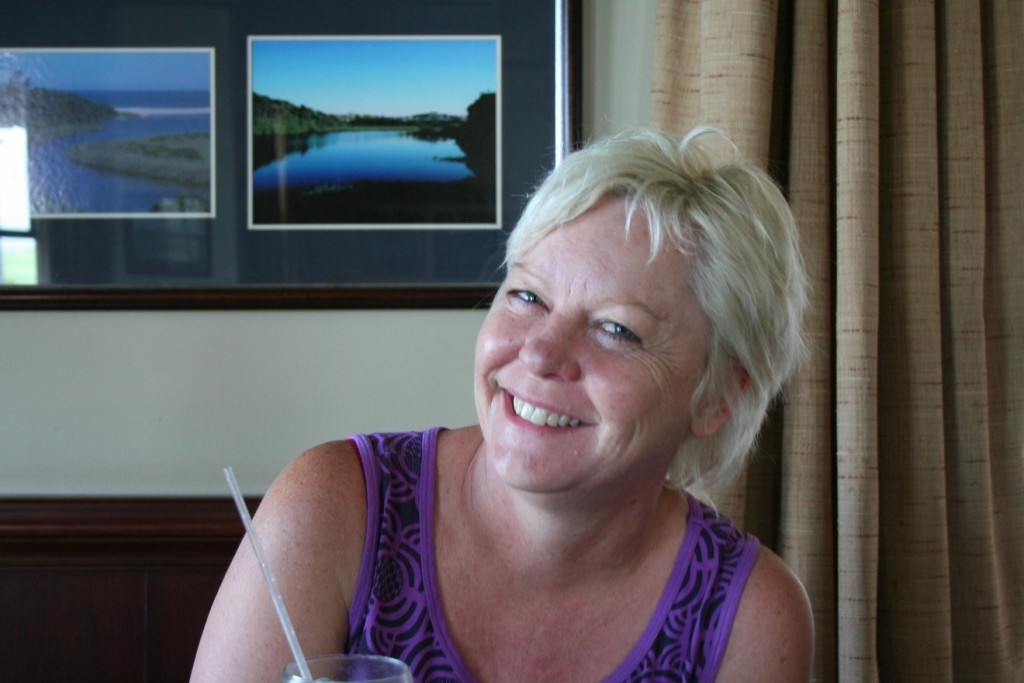
Suzanne had done all sorts of high level corporate work in prior years, in both Jo’berg and Cape Town. In more recent times, however, she was living in Gauteng and doing some wine promotions with her good friend, Judith Lee. Following her new husband who had taken a job as a plant manager in a small town in KZN, in 2014 Suzanne found herself with time on her hands and wanting to get back into wine. Tah Dah! She is now doing a bang up job for us with restaurants, wine shops, golf country clubs, and anywhere else people want higher quality wine for a reasonable price. She and I did an invitational wine tasting at a hotel where we are now on the menu, and then drove around together for three days. Suzanne is lots of fun, very talented and well organized, and has a very good wine palate. It was clear her retail customers really respect and love her.
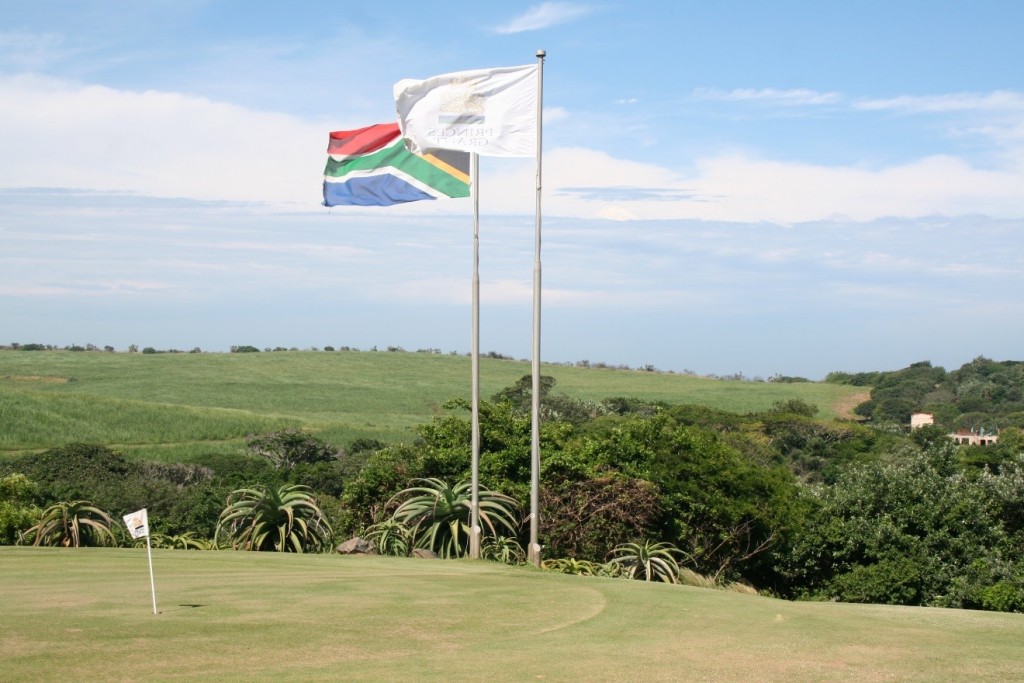
We entitled this posting as “High Touch” wine sales in South Africa for a reason: selling wine anywhere in the world is a “personal relationship” (High Touch) effort, at least for the first sale. The quality of the wine, and the selling price, clearly are the largest factors in obtaining on-going sales, but to build brands with consumer loyalty requires good marketing people and ongoing contact efforts. We are pleased that many enjoy our Silkbush Mountain Vineyards website, our Blog postings, and reading current reviews of subsequent vintages on the Internet. Certainly we will continue with these High Tech marketing efforts, but the High Touch of good personal sales relationships will never decline in importance… be it in Africa or anywhere else.
